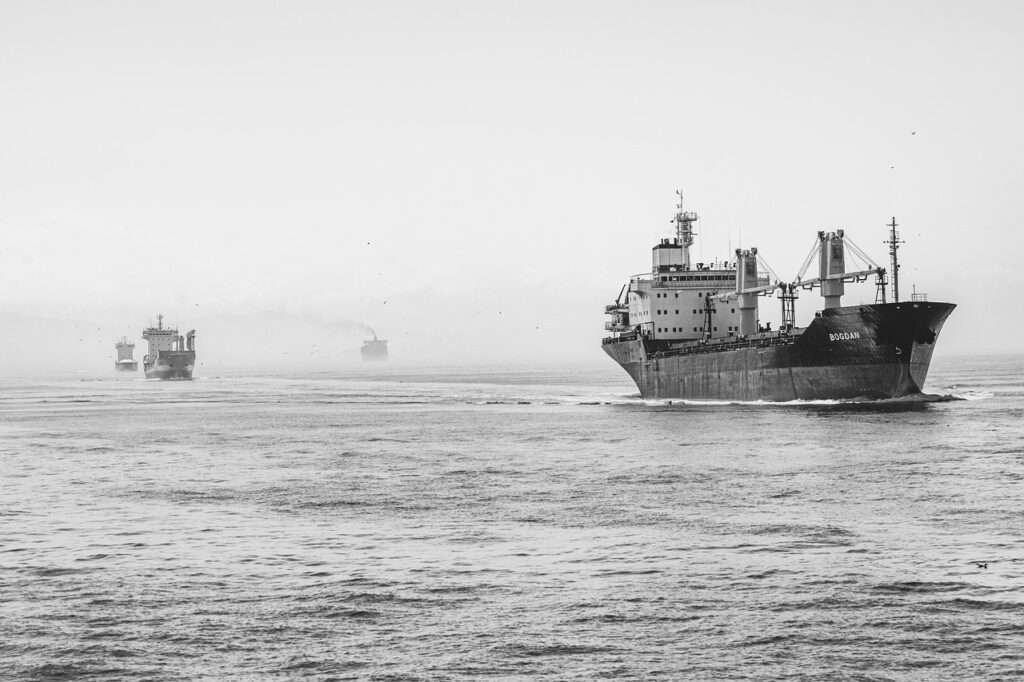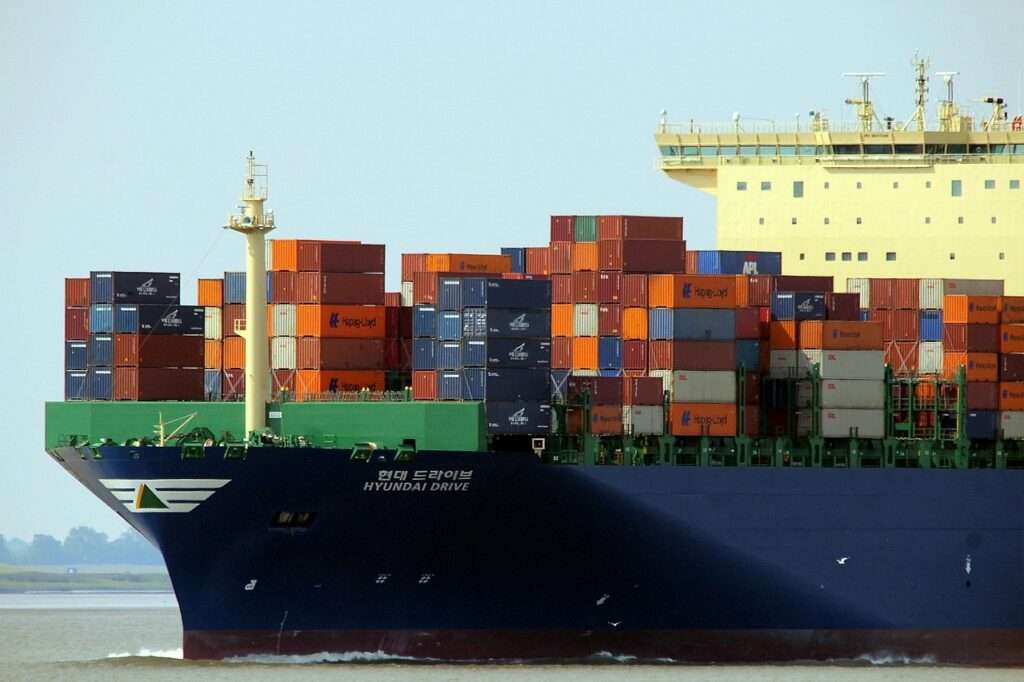In this article, I will explore the intriguing world of shipping containers and delve into the question that has piqued the curiosity of many: how much does a shipping container cost? As the allure of off-grid living grows, the use of shipping containers as alternative housing has gained popularity. However, before embarking on such a venture, it becomes essential to understand the financial implications involved. By examining various factors that influence pricing, such as container condition, size, and customization options, we will gain a comprehensive understanding of the costs associated with acquiring a shipping container. So, without further ado, let us embark on this academic exploration of shipping container prices.
Factors Affecting Shipping Container Cost
Shipping containers have become increasingly popular in various industries, from transportation and logistics to off-grid living and construction. The cost of a shipping container can vary significantly depending on several factors. In this article, we will explore the key factors that influence shipping container cost and provide valuable insights for potential buyers.
Size
One of the primary factors that affects the cost of a shipping container is its size. Shipping containers come in different standard sizes, including 10-foot, 20-foot, 40-foot, 45-foot, and high cube containers. Each size has different applications and can be tailored to specific needs.
10-foot containers are the smallest available option, suitable for compact storage requirements. They are often used in urban areas where space is limited. On the other end of the spectrum, high cube containers offer additional vertical space, making them ideal for cargo or projects that require extra height.
The size of the shipping container directly impacts its cost, with larger containers generally being more expensive due to increased materials and manufacturing costs.
Condition
The condition of a shipping container is another crucial factor influencing its cost. Containers can be categorized as brand new, used, or one-trip containers.
Brand new containers are in pristine condition, having never been used before. They are typically more expensive due to their impeccable quality and lack of wear and tear. These containers are an excellent choice for businesses or individuals seeking a spotless container that guarantees maximum durability and longevity.
Used containers, on the other hand, have been previously utilized for shipping purposes. While they may show signs of wear and require some refurbishment, they offer a cost-effective solution for those on a tighter budget. Used containers can still provide adequate protection and storage capabilities, making them a viable option for various applications.
One-trip containers fall between brand new and used containers. As the name suggests, these containers have only made a single trip for shipping purposes. Although they are not technically brand new, the wear and tear are minimal, making them a desirable choice for those looking for a compromise between quality and cost.

Location
The location in which you intend to purchase a shipping container also plays a significant role in determining its cost. Shipping container prices can vary between local, regional, and international markets. Factors such as supply and demand, transportation costs, and local regulations all contribute to the variations in price.
The availability of shipping containers in your area and the proximity to major shipping ports or industrial hubs can impact the cost. Local prices may be more competitive due to reduced logistics expenses, while regional and international prices may be higher due to additional shipping or transportation costs.
Type
Shipping containers come in various types, each with unique features depending on the intended use. The specific type you choose will influence the cost of the container.
Dry containers are the most common type and are suitable for general cargo transportation and storage needs. These containers are weatherproof and designed to protect goods from external elements during transit.
Refrigerated containers, or reefers, are equipped with cooling systems, making them ideal for transporting temperature-sensitive goods such as perishable food items or pharmaceuticals. The added functionality of refrigeration increases the cost of these containers compared to dry ones.
Open top containers feature a removable top, allowing for easy loading and unloading of oversized cargo. These containers are commonly used for shipping heavy machinery or goods with non-standard dimensions. The extra flexibility provided by open top containers translates to a higher price tag.
Flat rack containers are designed for oversized or unconventional cargos that cannot fit into standard dry containers. These containers have collapsible sides that allow for easier loading and unloading. However, the specialized design of flat rack containers contributes to their higher cost.
Tank containers are specifically designed to transport liquid or gaseous substances safely. They are equipped with reinforced walls and valves to ensure the containment of hazardous materials. Due to their specialized construction and safety features, tank containers command a higher price compared to other types.

Customization
Many buyers may require customized features or modifications to suit their specific needs. Customization options can include adding windows and doors, insulation, electrical and plumbing systems, partition walls, and exterior finishes.
The extent of customization required will impact the overall cost of the shipping container. More elaborate modifications will require additional materials, labor, and expertise, which will reflect in the final price.
Delivery Charges
When purchasing a shipping container, it is essential to consider the cost of delivery. Standard delivery typically covers transportation to and from the buyer’s location. However, in some cases, specialized delivery may be necessary if the buyer’s site has difficult access or requires additional equipment for unloading.
The distance between the seller’s location and the buyer’s site will also influence delivery charges. Longer distances will naturally incur higher transport costs, so it is crucial to factor this into the overall budget.

Seasonal Fluctuations
Market demand and seasonal fluctuations can affect the cost of shipping containers. During peak seasons where there is increased demand for containers, prices may rise accordingly. Conversely, during periods of lower demand, prices may be more competitive, providing potential savings for buyers.
Monitoring market trends and planning your purchase accordingly can help you take advantage of seasonal pricing variations and make informed decisions.
Market Demand
The overall market demand for shipping containers can have an impact on the cost. Factors such as economic growth, global trade fluctuations, and industry-specific demands can influence the availability and pricing of shipping containers.
Buyers should stay informed about market trends and fluctuations to better understand the demand-supply dynamics and make cost-effective decisions.
Seller Reputation
The reputation and credibility of the seller can also influence the cost of shipping containers. Established and reputable sellers that offer high-quality containers and excellent customer service may charge higher prices due to their brand reputation and reliability.
While it can be tempting to opt for lower-priced containers from unknown or less reputable sellers, it is crucial to consider the risks involved. Ensuring the seller’s trustworthiness can help mitigate potential issues and ensure a smooth buying experience.
Additional Costs
Apart from the direct cost of the shipping container, buyers should also consider additional expenses that come with owning and maintaining a container. These costs can include permits and licenses for certain uses, site preparation or foundation costs, insurance coverage, and potential maintenance and repair expenses.
Factoring in these additional costs will help create a realistic budget and ensure a comprehensive understanding of the total cost of ownership.
In conclusion, there are numerous factors to consider when determining the cost of a shipping container. Size, condition, location, type, customization options, delivery charges, seasonal fluctuations, market demand, seller reputation, and additional costs all play a significant role in the final price. By thoroughly evaluating these factors and conducting thorough research, potential buyers can make informed decisions and find the shipping container that best suits their needs within their budget.




